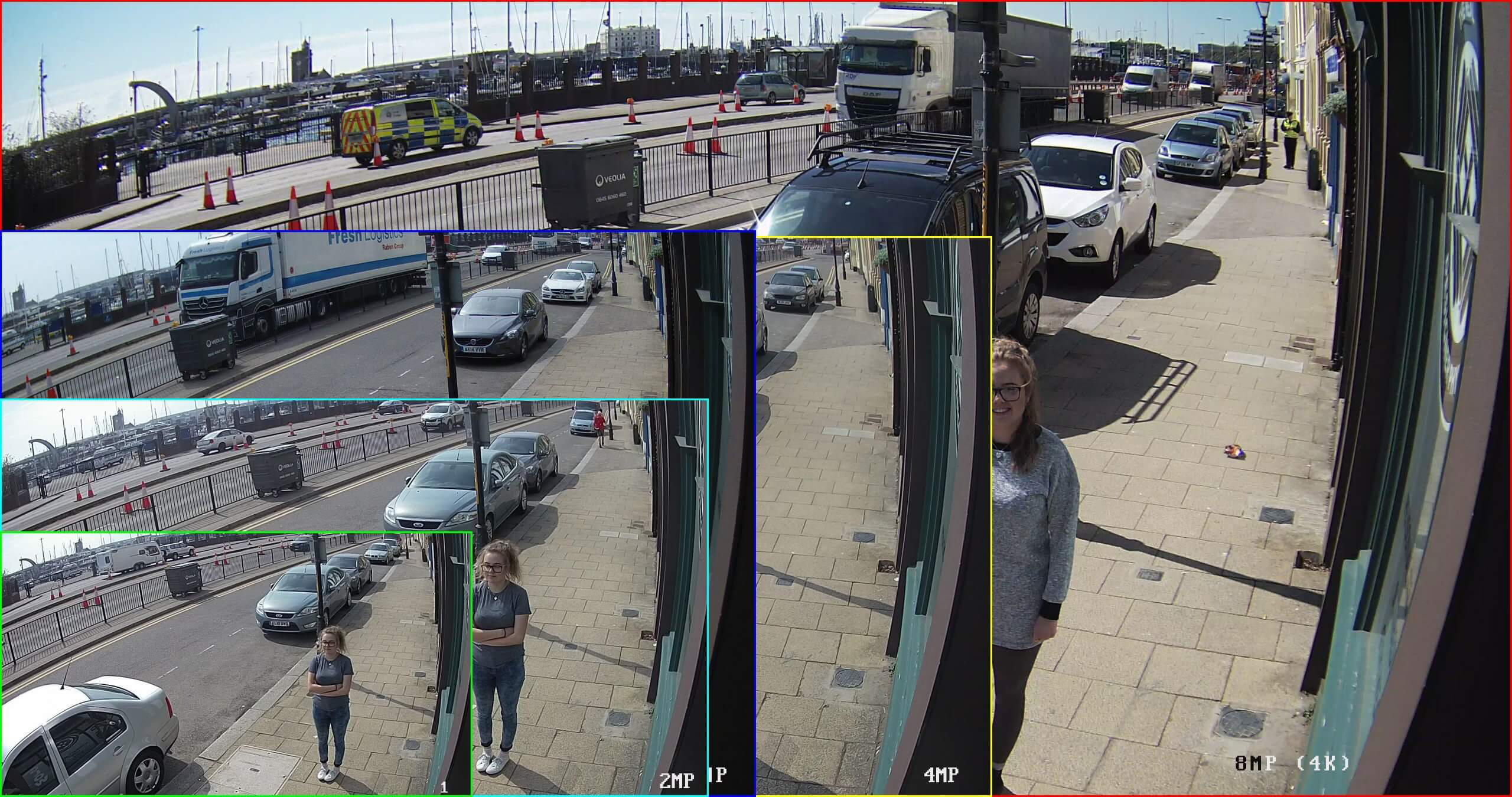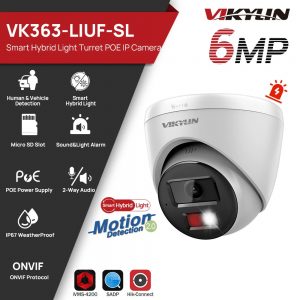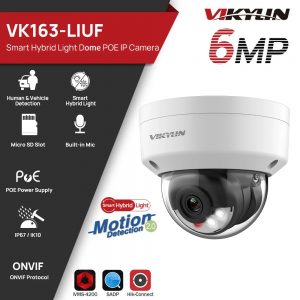In the world of camera for home security, various sensor technologies play a crucial role in capturing high-quality images and videos. Two common types of sensors used in these cameras are CMOS (Complementary Metal-Oxide-Semiconductor) and CCD (Charge-Coupled Device). In this blog, we will delve into the working principles, advantages, disadvantages, and suitable scenarios for each sensor type.

What Is CMOS Sensor Of home security camera?
The CMOS sensor is widely adopted in modern camera for home security due to its lower cost and power consumption compared to CCD sensors. It functions by converting light into electrical signals through an array of tiny pixels. When light hits these pixels, it generates an electric charge proportional to the light intensity.
CMOS Advantages and Disadvantages of Camera for Home Security
- Low Power Consumption: CMOS sensors consume less power, making them ideal for devices that require longer battery life, such as wireless security cameras.
- Cost-Effective: The manufacturing process of CMOS sensors is more affordable, resulting in more budget-friendly camera options for consumers.
- Integrated Circuitry: CMOS sensors can incorporate additional circuitry on the same chip, enabling the integration of various camera functionalities.
- Noise Levels: CMOS sensors may produce more noise in low-light conditions, impacting image quality in certain situations.
- Rolling Shutter Effect: Some CMOS sensors utilize a rolling shutter, leading to distorted images when capturing fast-moving objects.
- Suitable Scenarios for CMOS: CMOS sensors are well-suited for home security cameras used in well-lit environments, where cost-effectiveness and power efficiency are crucial factors. They are excellent choices for homeowners seeking affordable and reliable surveillance solutions.
What Is CCD Sensor Of home security camera?
CCD sensors were once the dominant technology in early digital cameras and security systems. They work by converting light into electrical charge and then transporting that charge across the chip to be read out and processed.
CCD Advantages and Disadvantages of Camera for Home Security
- High Image Quality: CCD sensors typically produce images with less noise, providing better image clarity and color accuracy.
- Global Shutter: Unlike the rolling shutter in CMOS sensors, CCD sensors use a global shutter, eliminating the rolling shutter effect and preserving image integrity during fast movements.
- Suitable for Low-Light: CCD sensors perform better in low-light conditions, making them suitable for surveillance in dimly lit areas.
- Higher Power Consumption: CCD sensors consume more power compared to CMOS, leading to increased energy requirements in PoE security camera systems.
- Costlier: The manufacturing process and materials involved in CCD sensors make them more expensive than CMOS counterparts.
- Suitable Scenarios for CCD: CCD sensors are still preferred in certain applications, such as professional photography and specialized surveillance scenarios requiring top-notch image quality and low-light performance. However, for most home security needs, CMOS sensors are now the more practical choice.
In conclusion, choosing the right sensor technology is essential when selecting a camera for home security. CMOS sensors offer cost-effective and energy-efficient options, suitable for most residential security needs. On the other hand, CCD sensors are best suited for demanding scenarios that require superior image quality and low-light capabilities. Understanding the differences between these two sensor types can help homeowners make informed decisions while selecting the ideal camera for their home security needs.





